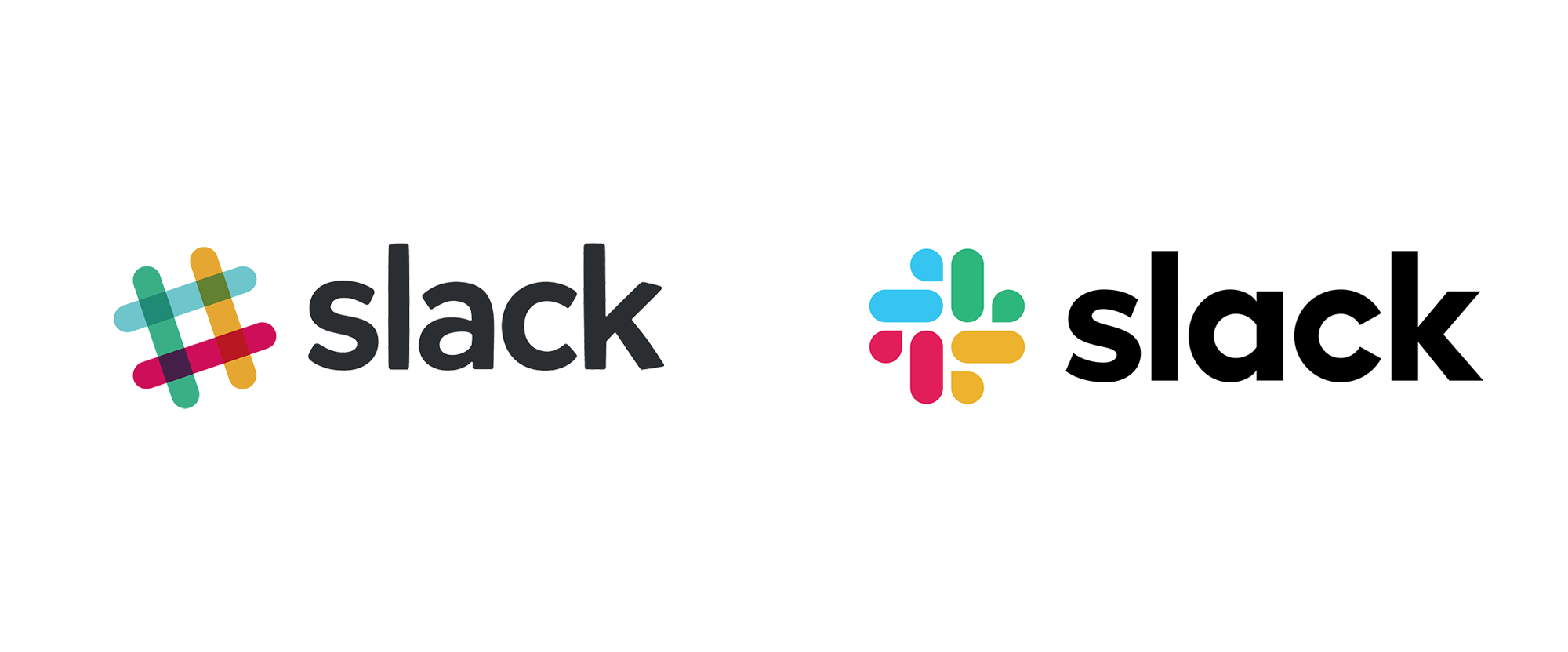How to announce a new Brand Identity… and when NOT to.
Announcing a new brand identity or logo can be an exciting yet nerve-wracking experience for businesses. Whether you’re rebranding to modernize your company’s image or to reflect a change in business direction, it’s important to approach the announcement with a clear strategy and plan.
In this article, we’ll explore how to announce a new brand identity or logo effectively, including best practices and examples from successful rebrands. We’ll also discuss when NOT to rebrand and provide examples of rebrand failures.
1. Create a Comprehensive Plan
Before announcing your new brand identity or logo, it’s important to create a comprehensive plan that outlines your strategy and messaging. This plan should include a timeline for the announcement, key messaging points, and a communication strategy for your stakeholders, employees, and customers.
2. Communicate with Stakeholders
Stakeholders, including investors, partners, and employees, should be informed of the rebrand before the general public. This can help to build excitement and anticipation for the new brand identity. Consider holding a private event or webinar to unveil the new brand identity to your stakeholders.
3. Create a Launch Campaign
A launch campaign can help to build buzz around your new brand identity or logo. This can include social media teasers, email campaigns, and advertising. Consider partnering with influencers or industry publications to help spread the word about your rebrand.
4. Make the Announcement
When making the announcement, be clear and concise about the reasons for the rebrand and how it will benefit your customers and stakeholders. Include visuals and examples of the new brand identity in action to help people understand the changes.
5. Follow Up with Customers and Stakeholders
After the announcement, follow up with customers and stakeholders to address any questions or concerns they may have. This can include hosting Q&A sessions or providing additional resources and information.
Successful Rebrand Examples
Airbnb

In 2014, Airbnb underwent a significant rebrand, changing their logo and visual identity.
The company unveiled the new brand identity in a blog post, explaining the rationale behind the change and how it reflected their values as a company.
Read more here https://all-about-airbnb.com/post/143221488726/airbnb-brand-evolution-live-there
And some external commentary here https://www.thebrandingjournal.com/2014/07/airbnbs-consistent-rebrand-focuses-sense-belonging-community/
Dunkin’ Donuts

In 2018, Dunkin’ Donuts dropped the “Donuts” from their name and rebranded as simply “Dunkin’.” The company explained that the new brand identity reflected their focus on beverages and the overall customer experience. The rebrand was accompanied by a marketing campaign and social media push.
Here’s the official press release https://news.dunkindonuts.com/news/releases-20180925
And some external commentary here https://brandsonify.com/case-studies/dunkins-2018-19-rebrand/
Slack

In 2019, Slack unveiled a new logo and brand identity. The company explained that the new identity reflected their evolution as a company and their commitment to simplifying work for their customers. The announcement was accompanied by a blog post and a social media campaign.
Here’s the official page https://slack.com/blog/news/say-hello-new-logo
When NOT to Rebrand
Rebranding can be a powerful way to refresh your company’s image and communicate a new direction or mission. However, it’s not always the right decision, and sometimes a rebrand can backfire, resulting in confusion and negative perceptions among customers and stakeholders.
Here are some situations when NOT to rebrand, as well as examples of rebranding failures.
When NOT to Rebrand:
Lack of Purpose
Rebranding without a clear strategic purpose can be a mistake. If you’re simply rebranding because you’re bored with your current brand identity, or you want to keep up with the latest trends, you may end up damaging your brand image and confusing your customers. It’s essential to have a clear purpose for your rebranding effort that aligns with your company’s values and goals.
Established Brand Equity
If your current brand identity has strong brand equity and recognition, it may not be the right decision to rebrand. A rebrand can be risky and may even damage the brand reputation if not executed well. It’s important to carefully consider the impact a rebrand may have on your customers and stakeholders, as well as the potential benefits.
Negative Associations
Rebranding may not be the right solution if your company has a negative reputation or is associated with negative connotations. A rebrand may not be enough to overcome past mistakes or negative press, and could even exacerbate negative perceptions. In this case, it may be better to focus on rebuilding trust and improving the company’s image through other means.
Examples of Rebranding Failures:
GAP (gap.com)

In 2010, clothing retailer GAP unveiled a new logo in an attempt to modernize their image. However, the new logo was met with immediate backlash from customers and stakeholders, who criticized it as bland and unappealing. The company ultimately reverted to their original logo, admitting that the rebrand had been a mistake.
Read more at https://www.thebrandingjournal.com/2021/04/learnings-gap-logo-redesign-fail/
Tropicana (tropicana.com)

In 2009, Tropicana attempted to rebrand their packaging, replacing their iconic orange with a more modern design. The new packaging was met with confusion and negative feedback from customers, who had trouble recognizing the product on store shelves. Tropicana ultimately reverted to their original packaging, admitting that the rebrand had been a misstep.
Read more at https://www.thebrandingjournal.com/2015/05/what-to-learn-from-tropicanas-packaging-redesign-failure/
RadioShack

In 2014, electronics retailer RadioShack attempted to rebrand as “The Shack“ in an attempt to appeal to younger customers. The rebrand was met with confusion and criticism, as many customers were unsure of what the new name meant and how it related to the company’s products. The rebrand ultimately failed to improve sales or the company’s image, and RadioShack filed for bankruptcy the following year.
Read more at https://proov.io/blog/radioshack/ or https://merzbranding.com/blog/rebranding-ready-set-stop/
In Summary:
Rebranding can be an effective way to modernize your company’s image and communicate a new direction or mission.
However, it’s important to approach a rebrand with careful consideration and a clear strategic purpose. Rebranding without a clear purpose, attempting to change a brand with established equity or associations, or having a negative brand image could lead to a rebranding failure.
It is essential to take lessons from past rebranding failures such as GAP, Tropicana, and RadioShack and carefully consider the potential impact of a rebrand before proceeding with the process.
Happy branding :)
How to announce a new Brand Identity... and when NOT to.
Announcing a new brand identity or logo can be an exciting yet nerve-wracking experience for businesses. Learn all about announcing a new brand identity.
